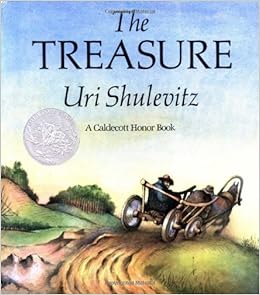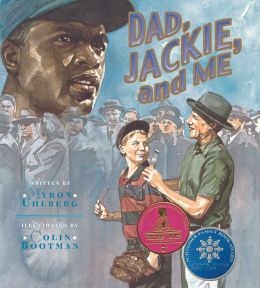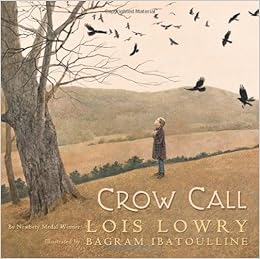by Chris Van Allsburg
OH-Chris Van Allsburg! What an incredible storyteller!
Wouldn’t it be wonderful to teach a mini-Author Unit of Study featuring just Chris Van Allsburg books to study and focus on his unique style of writing? Jumanji, The Sweetest Fig, The Stranger, The Widow’s Broom, The Mysteries of Harris Burdick..to name just a few. Wow! It would be so interesting to see how that focused study would influence student writing!
PROBUDITI! is yet another example of Van Allsburg’s incredible storytelling abilities—and his ability to use subtle twists and turns throughout the story. He adds a fun ‘zinger’ at the end of the story—making it all the more enjoyable.
PROBUDITI! does not disappoint!
Book Talk
The story opens with our main character, Calvin, playing a trick on his little sister,Trudy—and getting caught by his mother immediately. It turns out that this particular day is Calvin’s birthday. He apologies to Trudy under threat of not receiving his birthday present.
HIs birthday present turns out to be fantastic—two tickets to see Lomax the Magnificent! Lomax is known to be a world-famous magician and hypnotist. Calvin invites his best buddy from next door, Rodney, and off they go!
The Lomax show is amazing and the boys thoroughly enjoy themselves! At the end of the show, Lomax hypnotizes an audience member and the boys laugh so hard at her antics when she is hypnotize. All of a sudden, Lomax shouts “PROBUDITI!” and the woman immediately snaps of out her hypnotic state. Again, the two boys think it is absolutely hilarious!
A favorite line from this part of the story: “‘How’d he do that?’ Rodney whispered. Calvin shook his head in amazement as he and his friend sat in the darkened theater, watching Lomax slide a burning candle in one ear and pull it out the other. Then the magician invited a woman from the audience onto the stage.”
Back at Calvin’s house, the two boys try making their own hypnotic contraption with an erector set—and of course, they try it out on Trudy. As Trudy watches the spinning disc, Calvin announces that she will turn into—a dog! Trudy immediately gets down on all fours, hangs out her tongue, pants and barks.
The boys are thrilled with their ‘success’ with Trudy and take her outside for more adventures with her. But problems begin when she continually barks so loud and a neighbor complains.
They try to remember the word that the Great Lomax used to snapthe lady out of her hypnotic state-“PROBUDITI—-but they could not remember it—they try every made up word close to it—but not “PROBUDITI”. Trudy continues to act like a dog. The boys decide to try to find the Great Lomax and see if he can bring Trudy ‘back’. However, they just miss his limousine and sit down with a chocolate chip ice cream cone to debate what to do next. However, Trudy, as a dog, quickly laps up the ice cream!
Now the boys have to come up with their own idea to get Trudy out of the hypnotic state. They do. They throw water on Trudy as she sleeps and of course, she wakes up and starts crying. Mother arrives home at that moment, and Calvin is sent to his room on his birthday with no spaghetti birthday dinner or birthday cake.
Trudy finally brings him a peanut butter sandwich. He laughingly tells her about hypnotizing her and how she spent the afternoon acting like a dog. She isn’t convinced, but he tells her she doesn’t remember because she was hypnotized. She pauses, tells him that the spaghetti and birthday cake were delicious—-and so was the chocolate chip ice cream!
Another favorite line—great ending! “‘The spaghetti was good,’ Trudy told Calvin. ‘So was the cake.’ Calvin grunted. ‘Know what else I liked?’ Trudy asked. ‘That ice cream this afternoon. Chocolate chip’s my favorite.’ “
Suggested Uses as a Mentor Text:
Book Genre: Realistic Fiction
Reading Workshop strategies: Connecting, Predicting, Inferring, Synthesizing, Analyzing, Critiquing
Writing Workshop Genre and strategies: Personal Narrative, Strong Lead, Strong endings, elaboration, subtle twists
Chris Van Allsburg website: http://hmhbooks.com/chrisvanallsburg/










